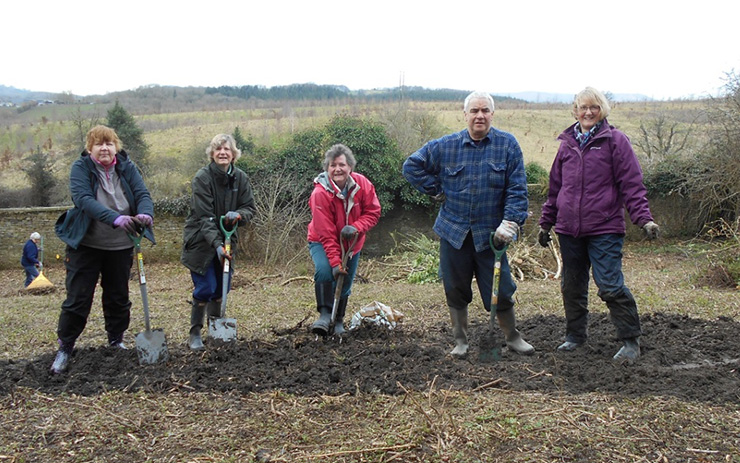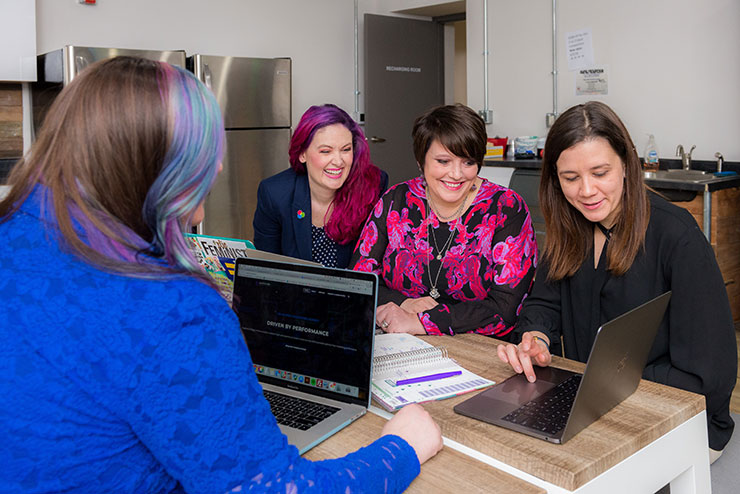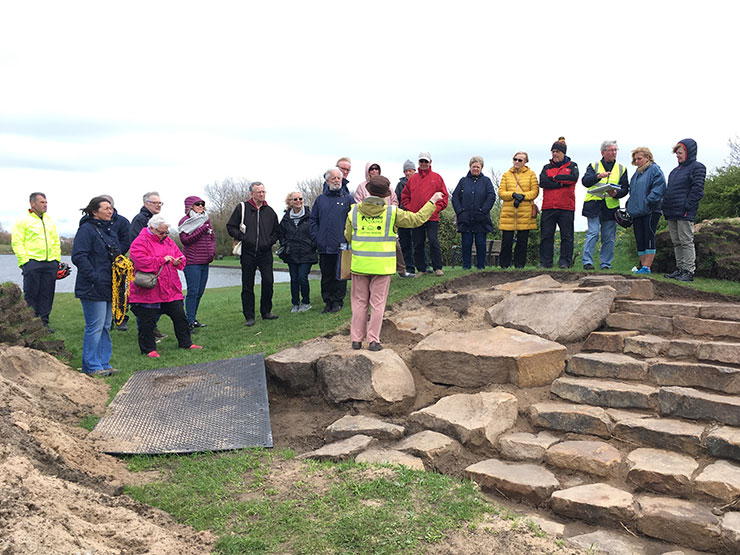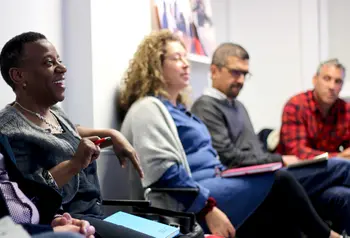How resilient is the heritage sector?
| Attachment | Size |
|---|---|
| Resilience in the heritage sector report March 2020 | 377.91 KB |
The research looked at organisations’ experiences, needs and challenges prior to the impact of coronavirus (COVID-19). Many of the findings pre-COVID have also been reflected in more recent conversations with heritage organisations.
The research included:
- A review of the literature on resilience and capacity building in the UK’s heritage sector.
- Data analysis on a large-scale survey to understand differences between heritage organisations and arts organisations.
- Interviews with a small number of key stakeholders.
- Five roundtable events with people from organisations we have funded and a roundtable with leaders in the land and nature sector.
This research will be used to inform our planning and guidance around organisational resilience. It also informed the development of our business support and enterprise development funding initiatives - part of the delivery of our Strategic Funding Framework.
What we mean by resilience

Organisational resilience is being able to respond to changes, threats and opportunities. The report outlines the two key aspects to resilience:
- Bouncing back – survival, endurance, strength and preserving core goals.
- Bouncing forwards – thriving, evolving, prospering and developing goals in light of changes.
What the sector told us
Through our consultation we learned that the sector needs different levels and styles of tailored support and skills training. Organisations told us they benefit from having a diverse range of skills in-house, knowledge of finance and intangible assets, and the ability to track performance.
We discovered that many organisations often struggle to dedicate time to capacity building and strategic thinking.
We also found that heritage organisations benefit from networking and collaboration, and that there is a desire to do this. Many organisations face similar challenges, even with those operating within a different sector.
Our next steps
We found that in order to understand what resilience looks like, we can look at ways data could be gathered from organisations to track their performance. Positive changes might show us that an organisation is now more resilient.
There is also a continued need for funding new and different types of resilience and capacity building projects. Training sessions on key tools and skills (established by looking at skills gaps) for resilience are important, alongside project funding for capacity building work.
Following this research, in March 2020 we awarded £4m to projects providing programmes of training and support in business and enterprise development skills.
Find out more about these programmes on our dedicated resilience web page.

Current support for the sector
UK heritage is facing its gravest threat since the Second World War. Heritage sites, attractions and organisations have experienced a sudden and dramatic loss of income as a result of the COVID pandemic, which has put the heritage and visitor economy in crisis, requiring an urgent response.
For 2021-22 we have refocused our priorities to strengthen the sector in its recovery in the medium term and to build back for positive change across the UK’s heritage. We want to fund projects that demonstrate the value of heritage to our national life and which support local economies, places and communities.

